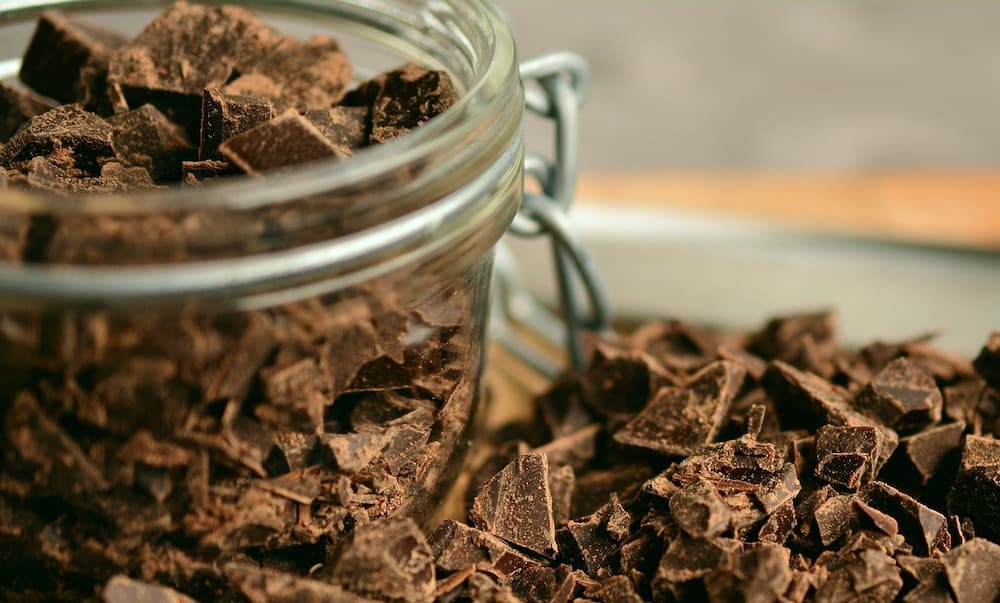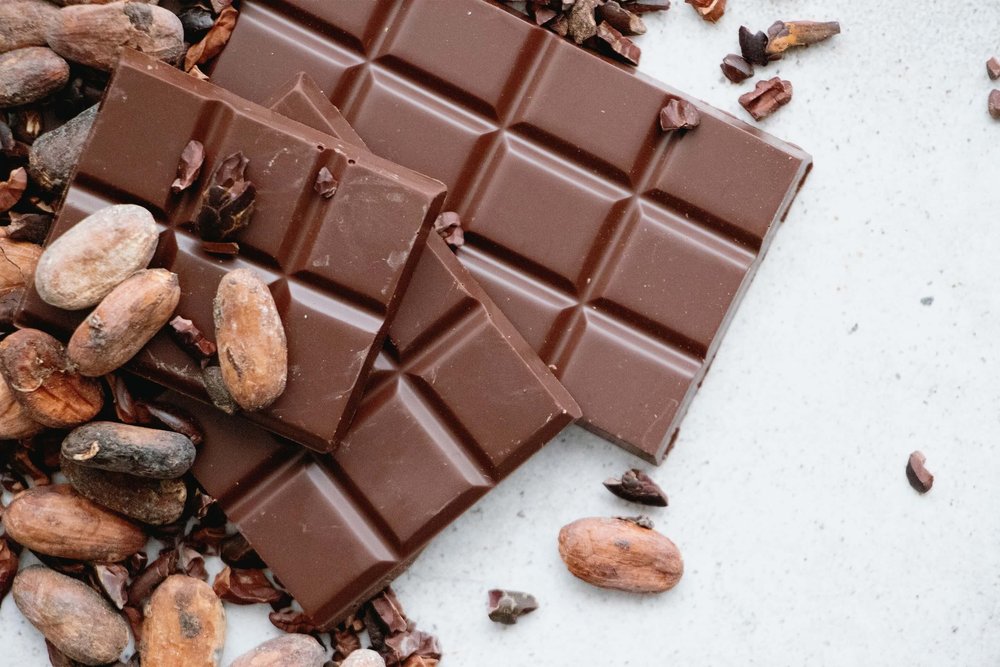Purchasing Quality Chocolates
Choosing quality chocolates means understanding their contents. The first step in selecting chocolate is to inspect the ingredients, all of which should be familiar to you.
To ensure that you are purchasing quality chocolates:
- Check the ingredients label. Ensure the list includes:
Dark chocolate must contain chocolate liquor, also known as cocoa mass or cocoa solids, and cocoa butter. These are the two most crucial ingredients for quality chocolates. Sugar, cane juice, molasses, or other natural sweeteners are acceptable additives for sweetening and reducing the bitterness in dark chocolate. Vanilla is optional. Lecithin, used to improve the chocolate’s binding, is also optional. Any additional components might include nuts, fruits, or flavorings.
The ingredients typically follow this rough order.
- Milk chocolate can include all the above ingredients, along with milk in various forms like whole milk, milk powder, or cream. There’s a lower proportion of cocoa mass in milk chocolate.
- White chocolate lacks cocoa mass but must contain cocoa butter.
- Quality chocolate should appear glossy and shiny, not dull.
- A superior chocolate will have a smooth, velvety texture on the tongue and should melt easily. Reject any gritty or sandy feel.
- When tasting chocolate, note a slight snap when biting into it. It should never be soggy or mushy.
That’s all there is to it! Next time you’re in a store, try this test.
How to Store and Care for Your Chocolate
Chocolate should be tightly wrapped and stored in a cool, dry place with temperatures between 16-24°C (60–75°F). Dark chocolate actually improves with age, much like fine wine, when stored in an airtight container within the 16-24°C (60–75°F) range.
Temperatures exceeding 24°C (75°F) might cause some cocoa butter to surface, resulting in a whitish cast known as “bloom.” However, the chocolate remains safe to eat.
In hot climates or during summer, refrigeration is an option for storing chocolate, although not ideal as it might absorb odors from other foods.
What is Bloom?
Chocolate bloom is the most common issue encountered in the chocolate world, appearing in two forms: fat bloom and sugar bloom.
- Fat bloom, or cocoa butter bloom, appears as visible large cocoa butter crystals on the chocolate surface. This occurs due to improper storage, poor tempering, lack of tempering, or temperature changes. Temperatures above 21°C (70°F), as well as repeated heating and cooling, contribute to this bloom. While it affects the appearance, it doesn’t change the taste and is harmless. The chocolate might feel oily and melt upon touch, sometimes becoming soft and crumbly.
- Sugar bloom arises from sugar crystallization, often due to high humidity and condensation when cold chocolate is exposed to warmth. Large sugar crystals remain on the surface as moisture evaporates. Sugar bloom alters the chocolate’s texture, making it grainy, dry, and hard. Fat bloom is caused by improper storage conditions. To prevent bloom, avoid exposing chocolate to wide temperature fluctuations; instead, make temperature changes gradually. Despite its appearance, bloomed chocolate is safe to eat.





